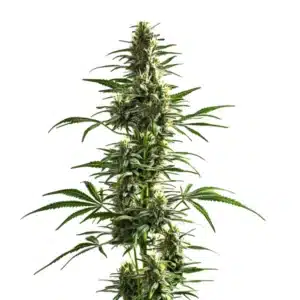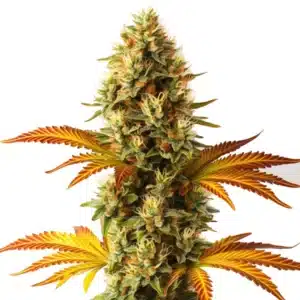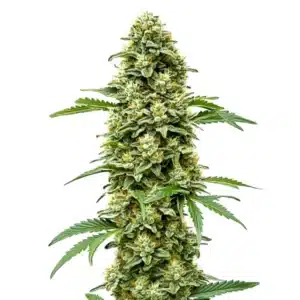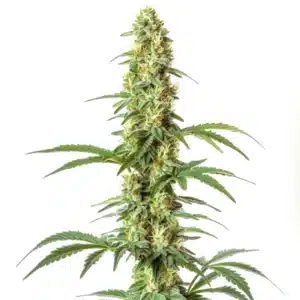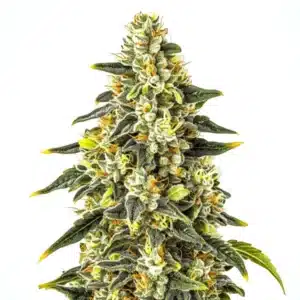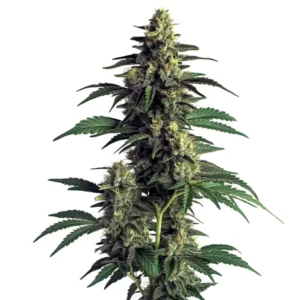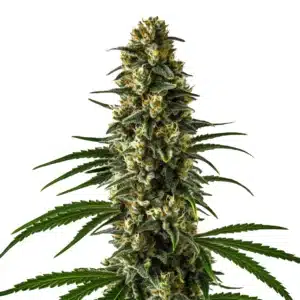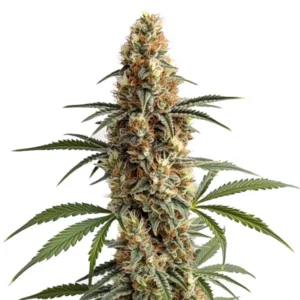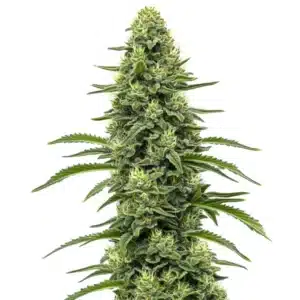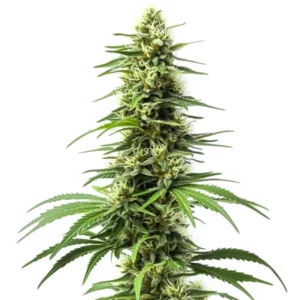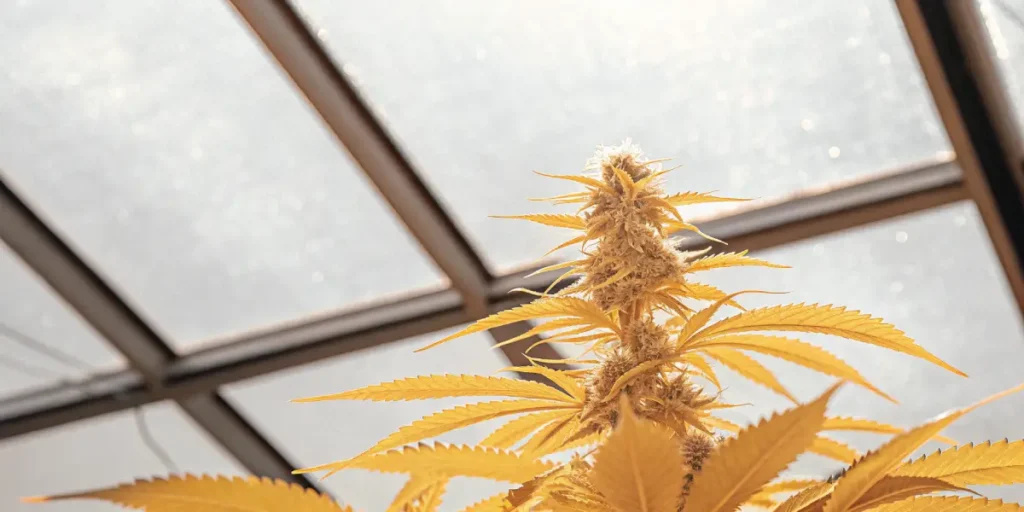
Cannabis Terpenes vs Aroma Stability
When you open a jar of well-cured cannabis, the aroma can be intoxicating. What makes one strain’s scent linger while another fades quickly? It comes down to cannabis terpenes vs aroma stability. Terpenes are the essential oils in cannabis that dictate its scent. Think of them as the plant’s perfume. Yet, these fragrant compounds are more than just a pleasant smell. They play a crucial role in the plant’s overall aroma stability.
Have you ever wondered why some cannabis strains maintain their smell longer than others? It’s all about how cannabis terpenes affect aroma preservation. Terpenes can evaporate or degrade over time, especially if stored improperly. This affects the aroma longevity, making it essential to consider both the type of terpenes and storage conditions.
Recommended Strains
Lemon Haze Diesel
|
|
THC | 16% - 20% (Medium) |
|
|
Type | Feminized |
|
|
Yield | High |
|
|
Phenotype | 30% Indica / 70% Sativa |
Blue Dream
|
|
THC | 17% - 24% (Medium) |
|
|
Type | Feminized |
|
|
Yield | High |
|
|
Phenotype | 50% Indica / 50% Sativa |
Imagine you have two jars of cannabis: one with high terpene content and one with low. Over time, the jar with more terpenes will likely maintain a stronger smell. This is because the effects of cannabis terpenes on aroma longevity are significant. The more terpenes present, the more robust and lasting the aroma.
Terpene Types and Their Impact
There are numerous types of terpenes in cannabis, each contributing differently to aroma and stability. For instance, Myrcene, a common terpene, has a musky and earthy aroma. It’s found in strains like Blue Dream. This terpene is known for its sedative properties, but it also affects how long the aroma lasts.
Limonene, another terpene, gives off a citrus scent. It’s prevalent in strains such as Lemon Haze Diesel. Limonene is more volatile, making it more prone to evaporation. This impacts aroma stability in cannabis vs terpene content. The faster a terpene evaporates, the quicker the scent diminishes.
Cannabis terpenes aroma stability comparison often highlights the variability between different terpene types. For instance, while Pinene provides a pine-like freshness with stable aroma retention, Linalool offers floral notes with moderate stability. This comparison helps in knowing how cannabis terpenes affect aroma preservation across various strains. The presence of diverse terpenes can either enhance or diminish aroma stability, depending on their inherent properties.
Moreover, the effects of cannabis terpenes on aroma longevity are not isolated to a single compound. The interaction between multiple terpenes can create a synergistic effect, enhancing the overall aroma profile of a strain. This complex interplay contributes to why some strains have a more enduring scent, making cannabis aroma stability and terpene interaction a vital aspect of cannabis cultivation and consumption. Knowing these interactions can aid in selecting strains with desirable aromatic qualities.
- Myrcene – Musky, earthy aroma
- Limonene – Citrus scent
- Pinene – Pine-like freshness
Pine-like aromas come from Pinene, which is present in many strains. Unlike Limonene, Pinene is less volatile, contributing to longer-lasting aroma stability. When comparing cannabis terpenes aroma stability, Pinene often comes out on top for scent preservation.
Promos & Deals
Storage and Preservation Techniques
Aroma stability isn’t just about the terpenes themselves. How you store your cannabis can make or break its scent. Proper storage is crucial in preserving the delicate balance of terpenes. Exposure to light, heat, or air can degrade terpenes, affecting aroma longevity.
Consider using airtight containers to store your cannabis. Glass jars with tight seals are ideal. This minimizes air exposure, preserving the terpenes and, in turn, the aroma. Keeping these jars in a cool, dark place further enhances aroma stability.
In the context of cannabis terpenes vs aroma stability, the storage environment plays a pivotal role. For instance, humidity levels can influence terpene preservation. High humidity may promote terpene degradation, while excessively dry conditions can cause the plant material to become brittle, leading to terpene loss during handling. Thus, maintaining an optimal humidity level is essential for maximizing aroma longevity.
Additionally, the frequency of accessing stored cannabis can impact aroma stability. Each time a jar is opened, there is a potential for terpene evaporation. By minimizing handling and ensuring minimal exposure to air, the effects of cannabis terpenes on aroma longevity can be preserved. This practice is crucial for consumers looking to maintain the freshness and aromatic integrity of their cannabis over time.
- Use airtight glass jars.
- Store in a cool, dark place.
- Avoid excessive handling.
Excessive handling of cannabis can also disturb terpene content. Each time you open a jar, some terpenes may evaporate. Minimizing how often you open your cannabis storage can help in maintaining aroma stability and terpene interaction. This ensures your stash smells fresh for longer.
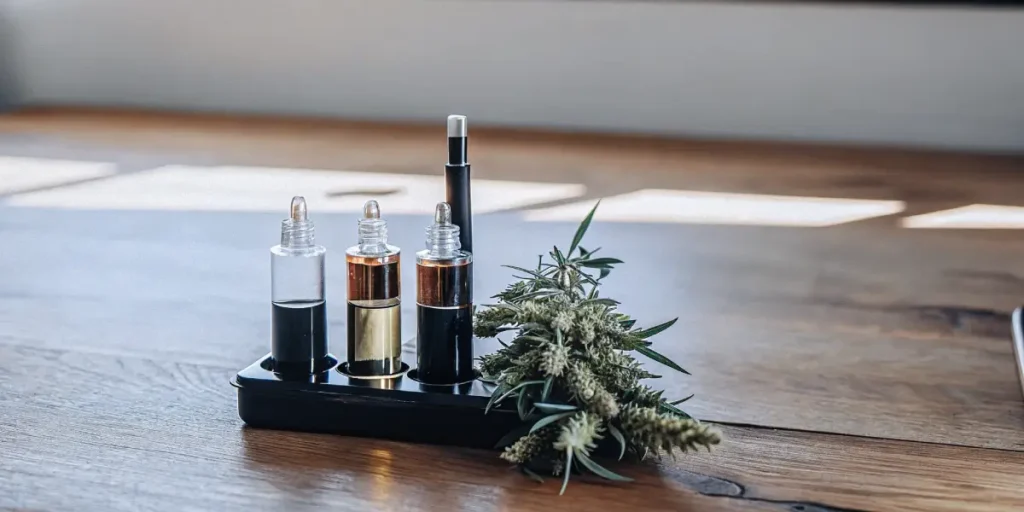
Real-Life Examples of Strain Aroma Stability
Let’s take a look at some specific strains and their aroma profiles. Consider the Girl Scout Cookies strain. Known for its sweet and earthy aroma, it contains a mix of Limonene and Myrcene. This combination provides a balanced scent that lingers if stored correctly.
Another example is Blue Dream, famous for its berry-like aroma. This strain’s rich terpene profile ensures a longer-lasting scent, even when exposed to air. Its Myrcene content helps stabilize the aroma, making it a favorite among growers.
When examining cannabis aroma stability and terpene interaction, Lemon Haze stands out for its vibrant citrus scent. Despite its appealing aroma, the high Limonene content necessitates careful storage to prevent rapid evaporation. This strain highlights the importance of knowing aroma stability in cannabis vs terpene content, as Limonene’s volatility can lead to quicker scent degradation if not preserved properly.
Conversely, strains with a higher concentration of Pinene or Myrcene, like Northern Lights, tend to exhibit robust aroma longevity. These terpenes are less volatile, allowing the scent to endure over time. Such strains exemplify how cannabis terpenes affect aroma preservation, offering insights into selecting cannabis varieties based on desired aromatic characteristics and stability.
- Girl Scout Cookies – Sweet, earthy scent
- Blue Dream – Berry-like aroma
- Lemon Haze – Citrus freshness
Finally, strains like Lemon Haze Diesel offer a citrus punch due to high Limonene content. While vibrant, this aroma needs careful storage to prevent quick evaporation. When exploring cannabis terpenes vs aroma stability, Limonene-rich strains require extra attention.
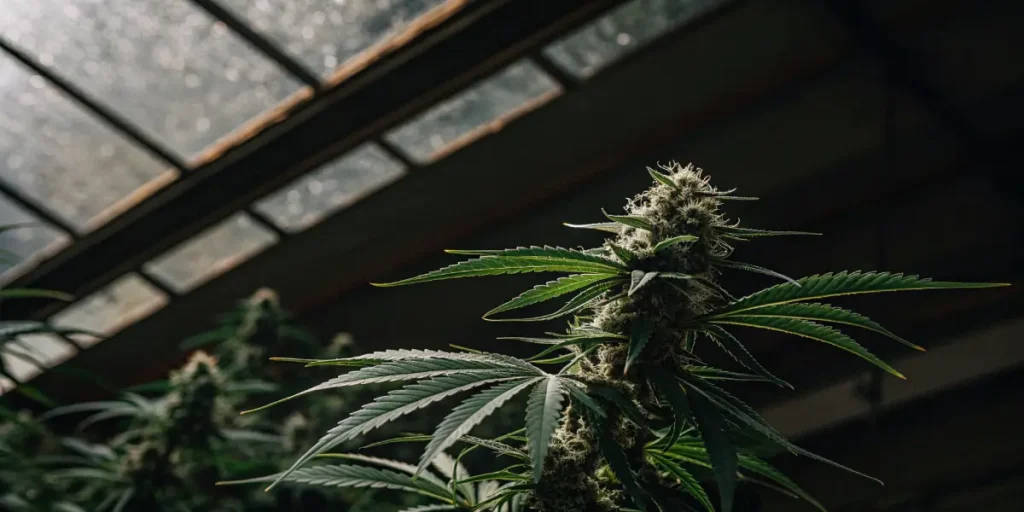
FAQs
What are terpenes in cannabis?
Terpenes are natural compounds that give cannabis its unique scent and flavor. They are found in the plant’s essential oils and can vary widely between strains. Terpenes not only affect aroma but also have potential therapeutic benefits. For instance, Myrcene is known for its sedative effects, while Limonene can elevate mood.
In the context of cannabis terpenes vs aroma stability, terpenes play a key role in how long a strain’s scent lasts. Different terpenes have different volatility levels, influencing how quickly they evaporate. This impacts how the aroma changes over time.
The role of terpenes extends beyond just scent and flavor; they are also instrumental in creating the overall experience of cannabis consumption. The effects of cannabis terpenes on aroma longevity are intertwined with their impact on the strain’s effects, making them a critical component of cannabis quality. Understanding the specific terpenes present in a strain can provide insights into its potential benefits and aroma preservation capabilities.
Moreover, cannabis terpenes aroma stability comparison often reveals that strains with a diverse terpene profile tend to have more complex and enduring aromas. This complexity arises from the interaction of multiple terpenes, each contributing uniquely to the scent and stability. As consumers become more terpene-conscious, the significance of these compounds in determining strain quality and aroma becomes increasingly apparent.
How does storage affect cannabis aroma?
Storage conditions greatly impact cannabis aroma. Light, heat, and air can degrade terpenes, leading to a loss of scent. To preserve aroma, it’s essential to store cannabis in airtight containers, ideally made of glass. Keeping these containers in a cool, dark place further helps in maintaining aroma stability.
Excessive handling can also disturb the terpene balance. Each time you open a container, some terpenes may evaporate. Thus, minimizing how often you open your stash can help in preserving the aroma for longer periods.
Besides to minimizing exposure to air and light, the material of the storage container can influence aroma stability in cannabis vs terpene content. Glass is often preferred due to its inert nature, which prevents any chemical interaction with the terpenes. Plastic containers, on the other hand, may compromise the integrity of the terpenes, leading to faster degradation.
Furthermore, how cannabis terpenes affect aroma preservation also depends on the temperature at which the cannabis is stored. Cooler temperatures can slow down the evaporation rate of terpenes, thereby extending aroma longevity. This emphasizes the importance of maintaining a stable storage environment to protect the delicate balance of terpenes and ensure a lasting aromatic experience.
Why do some cannabis strains lose their smell faster?
The rate at which a cannabis strain loses its smell depends on its terpene profile. Strains with volatile terpenes, like Limonene, may lose their aroma more quickly. These terpenes evaporate faster, especially if not stored properly. In contrast, strains with more stable terpenes, like Pinene, tend to retain their scent longer.
Proper storage is crucial in maintaining aroma stability. By keeping cannabis in airtight containers away from light and heat, you can slow down the evaporation process. This helps in preserving the aroma for an extended period.
Cannabis terpenes aroma stability comparison often highlights the inherent volatility of certain terpenes as a key factor in aroma loss. Strains with a higher concentration of volatile terpenes are more susceptible to rapid scent degradation, especially under suboptimal storage conditions. This variability underscores the need for tailored storage solutions based on the specific terpene profile of a strain.
Furthermore, the effects of cannabis terpenes on aroma longevity can also be influenced by external factors such as handling frequency and environmental changes. Frequent handling and exposure to varying temperatures can accelerate terpene evaporation, emphasizing the importance of consistent storage practices. This understanding aids in selecting strains with stable aromatic properties and implementing effective preservation techniques.
What are some common terpenes in cannabis?
Some common terpenes in cannabis include Myrcene, Limonene, and Pinene. Myrcene is often associated with a musky, earthy aroma and is found in strains like Blue Dream. Limonene gives off a citrus scent and is prevalent in Lemon Haze Diesel. Pinene, as the name suggests, provides a pine-like aroma.
Each terpene contributes not only to the scent but also to the overall experience of cannabis. They can influence the effects of the strain, making them an important factor in both aroma stability and user experience.
Beyond these common terpenes, others like Linalool and Caryophyllene also play significant roles in cannabis terpenes vs aroma stability. Linalool imparts a floral aroma and has calming effects, while Caryophyllene offers a spicy scent and is unique for its interaction with cannabinoid receptors. These terpenes further diversify the aromatic and therapeutic profiles of cannabis strains.
How cannabis terpenes affect aroma preservation requires recognizing the distinct properties of each terpene. This knowledge empowers consumers and cultivators to make informed decisions about strain selection and storage practices, ultimately enhancing the cannabis experience through sustained aroma and balanced effects.
How do terpenes interact to affect cannabis aroma?
Terpenes interact in complex ways to create the unique aroma of a cannabis strain. This interaction dictates how the scent evolves over time. For example, a combination of Myrcene and Limonene can produce a balanced aroma that is both earthy and citrusy. The interaction of these terpenes impacts how the scent is perceived.
When considering cannabis terpenes vs aroma stability, it’s important to look at the terpene profile as a whole. The presence of multiple terpenes can enhance aroma longevity, making the scent more robust and lasting. This interaction is key to understanding the full aromatic profile of a cannabis strain.
The synergy between terpenes not only affects aroma stability in cannabis vs terpene content but also influences the overall sensory experience. Terpenes like Humulene and Terpinolene, when combined with others, can create unique scent profiles that are more complex and enduring. This interplay is crucial for cultivators aiming to develop strains with distinctive and long-lasting aromas.
Moreover, cannabis aroma stability and terpene interaction are integral to breeding programs focused on enhancing specific aromatic characteristics. By selecting for particular terpene combinations, breeders can create strains that offer consistent and desirable aroma profiles, catering to consumer preferences and market demands. This understanding of terpene interactions is essential for innovation in cannabis cultivation and product development.


